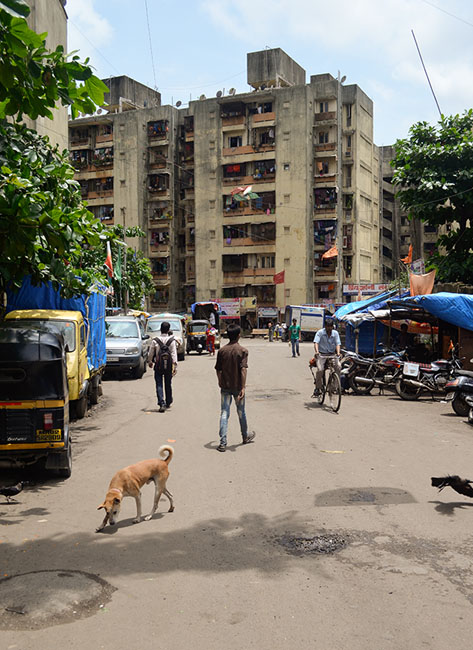Sangharsh Nagar, Mumbai (IN)
PK Das & Associates
Abstract
Mumbai is both the financial capital of India and its largest city. The city’s planning authorities are faced with the enormous task of accommodating Mumbai’s ever-increasing urban poor population. At present more than half of Mumbai’s 12.5 million inhabitants live in informal settlements or slums. Over the years, several policies have evolved to tackle the proliferation of slums, starting with the Slum Clearance Act of 1956 right up to the current Slum Redevelopment Scheme (SRS) of 1995, which marks a fundamental shift in the role of the state towards mass housing. Rather than investing itself, the supply of affordable housing in the city has since been primarily handed over to the private sector with the state itself acting merely as a facilitator in the process. In this scheme, eligible families living in recognized slums are rehoused on existing plots by the private developer in exchange for a portion of the land and higher construction rights that can be used to build new market housing. However, being a developer-centric scheme, each family is given a fixed 22.5 m2 housing unit in a high-rise tenement often with drastically inadequate light or ventilation. Moreover, by ignoring the existing living patterns of such communities and the social amenities that they so crucially require, a majority of these projects have done little to improve the living conditions of the urban poor in the city.



